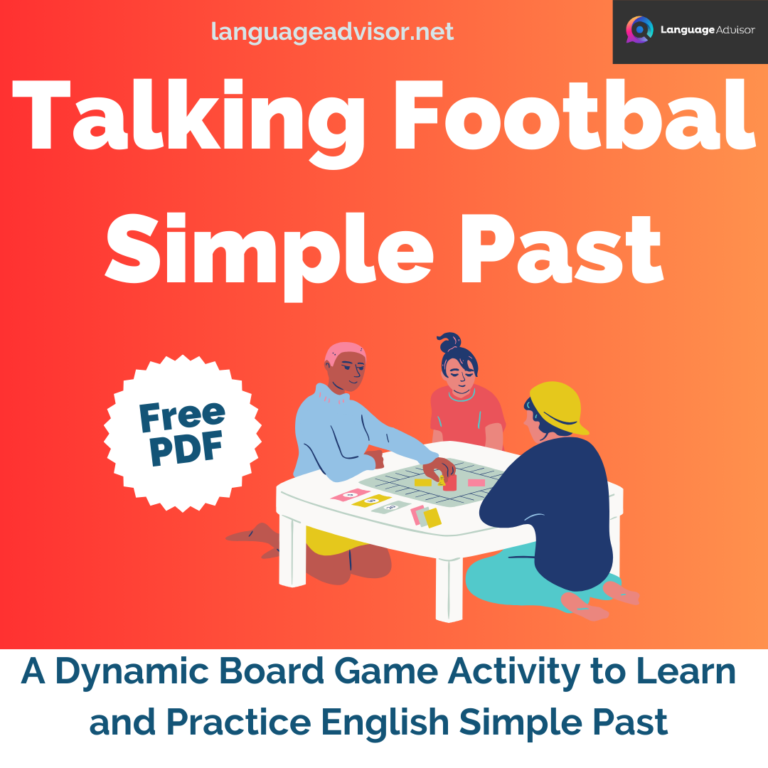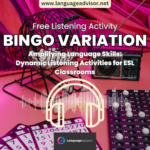ENGLISH KARUTA – Listening Activity. Amplifying Language Skills: Dynamic Listening Activities for ESL Classrooms
ENGLISH KARUTA – Listening Activity

Amplifying Language Skills: Dynamic Listening Activities for ESL Classrooms
Embarking on a captivating expedition through the landscape of language acquisition, we delve into the heart of ESL classrooms in this insightful blog post. Our focus centers on unraveling the intricacies of language learning, with a particular emphasis on cultivating listening skills. Tailored for students at the elementary, junior high, and senior high school levels, our exploration aims to provide educators and learners alike with a repertoire of engaging and interactive listening activities.
The art of language acquisition is multifaceted, and among its essential pillars, listening plays a pivotal role. In our journey together, we’ll unravel a tapestry of creative strategies designed to elevate listening comprehension in ESL classrooms. These activities are carefully crafted to not only captivate the learners’ attention but also foster an environment where language acquisition becomes an enjoyable and immersive experience.
Teachers seeking fresh and inventive approaches to ESL instruction will discover a wealth of ideas within these pages. From adapting classic games to suit language learning objectives to incorporating multimedia resources that resonate with the tech-savvy generation, we aim to empower educators with tools that transcend traditional language instruction.
For students navigating the complexities of English language acquisition, this post serves as a compass, guiding you through a spectrum of listening exercises designed to refine your comprehension skills. Whether you’re aiming to bolster your proficiency for academic pursuits or simply looking to enhance your communication abilities, these activities are crafted to make language learning not just a task but an enjoyable journey of exploration.
So, join us on this expedition of language discovery as we navigate the diverse terrains of ESL classrooms, uncovering the richness of dynamic listening activities that transform the language learning experience.
Let’s embark together on this exciting journey towards mastering the art of listening and speaking in English!

ENGLISH KARUTA
DESCRIPTION
Divide the class into several teams of five or six members. You need a set of cards containing words or pictures for each team. Each set of cards must be identical.
The students should spread the cards out so that every member of the team can see them. Then you call out a sentence or word and the students must find the corresponding card.
In the case of beginners, you will want to write the word underneath the picture and write the first letter of the word on the back of the card. With more advanced students use cards that have only the picture on them.
You can also call out a letter and have students find the card whose picture begins with that letter.
OPTIONS
You can make this a team competition or individual competition. The former involves awarding points to the first team that finds the card, and the latter, awarding points to the individual who finds the card (in other words, there is a “winner” on each team).
MATERIALS
Picture cards.
ENGLISH KARUTA – REMARKS
This is a good way to end or start a class.

Also check out these articles on teaching, teaching methods and teaching tools

Did you find this article useful? If you have additional ideas, share them in the comments section below












